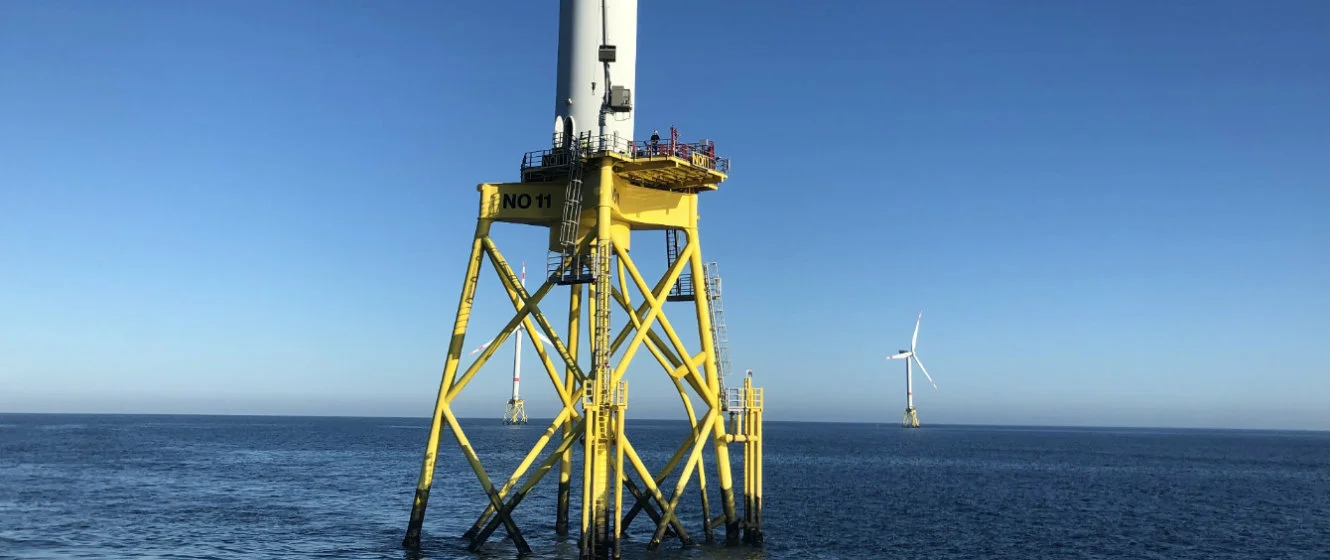The North Sea has long been an area of major strategic importance, covering 570,000 square kilometres and providing access to the Atlantic Ocean, via the English Channel to the south and the Norwegian Sea in the north, as well as to the inland Baltic Sea.
Its resources are rich, providing fish, salt, trade routes, unique marine environments, and, from the late 1960s and early 1970s, oil and gas.
But, today, as the effects of climate change become steadily more apparent, one of its greatest resources may prove to be the same winds that for centuries supported the growth of international seaborne trade.
Shelf Sea
The North Sea is relatively shallow with an average depth of 90 metres, containing areas such as Dogger Bank, where the seabed lies just 15 to 30 metres below the sea’s surface. This makes it ideal for traditional fixed-base offshore wind installations, with the additional possibility of floating offshore wind being applied to its deeper areas.
To date it has been the epicentre of the offshore wind industry, yet its full potential as an energy power house for the north of Europe, and potentially beyond, has barely been scratched. That seems set to change as its littoral states seek to boost their offshore renewable energy capacities in search of sustainable domestic energy.
Agreement reached
Four countries – Denmark, Germany, the Netherlands and Belgium – have signed a North Sea cooperation agreement, which sets an ambitious goal of deploying 65 GW of offshore wind in the North Sea by 2030, with the aim of expanding to 150 GW by 2050, almost treble global capacity installed in 2021.
150 GW would deliver half of the offshore wind capacity the European Commission estimates is needed for the EU to reach net zero carbon emissions.
Green Power Plant
In effect, the North Sea would become the “Green Power Plant of Europe”.
The agreement puts multinational cooperation at the heart of the North Sea’s latest era of development. Offshore wind will connect and supply multiple markets to enhance Europe’s security of energy supply and ensure the most efficient use of these shared waters’ vast wind resource.
To this end, the cooperation agreement encompasses some of the most exciting developments in the offshore wind sector, such as plans for the North Sea’s first multi-connected energy islands.
The foundation of these ambitions is simple – largescale offshore wind generation capacity. National level targets of the four partners for 2030 are: Belgium 5.8 GW, Denmark 10 GW, the Netherlands 21 GW and Germany 30 GW. Longer term, Belgium is targeting 8 GW by 2040, Germany 70 GW by 2045 and Denmark up to 35 GW by 2050.
Other North Sea states, such as the UK and Norway, also have ambitious targets – the UK 50 GW of offshore wind by 2030 and Norway 30 GW by 2040.
However, efficient and secure use of this infrastructure needs more than just generation capacity. The construction of energy islands and multipurpose interconnectors will facilitate electricity flows to and between markets, as well as channeling clean power to energy hubs.
This is where the third tier of development comes into play – hybrid renewable energy projects.
Electrolysis can transform sustainable electricity, either on or offshore, into a storable, transportable and clean burning fuel – hydrogen. The transformation from vast moving air masses to electrons and then to gaseous molecules means clean power can reach end-users who need sustainable, high-temperature fuel to decarbonise their industrial processes.
Finally, there is work to be done at the regulatory level to ensure market harmonisation between electricity markets. These markets will become ever more closely linked, owing to the development of the energy islands and interconnectors, which will form the basis of a North Sea electricity generation and transmission network.
Areas of cooperation will not be confined to Dutch, Belgian, German and Danish waters, but will engage other parties, for example by supporting the Baltic Energy Market Interconnection Plan. New technological solutions will also be explored, such as the possibilities for offshore solar power, as well as different locations and applications for hydrogen production.
From the construction only 31 years ago of the first offshore wind farm, it seems that by mid-century, the North Sea could well be the Green Power Plant of Europe.
